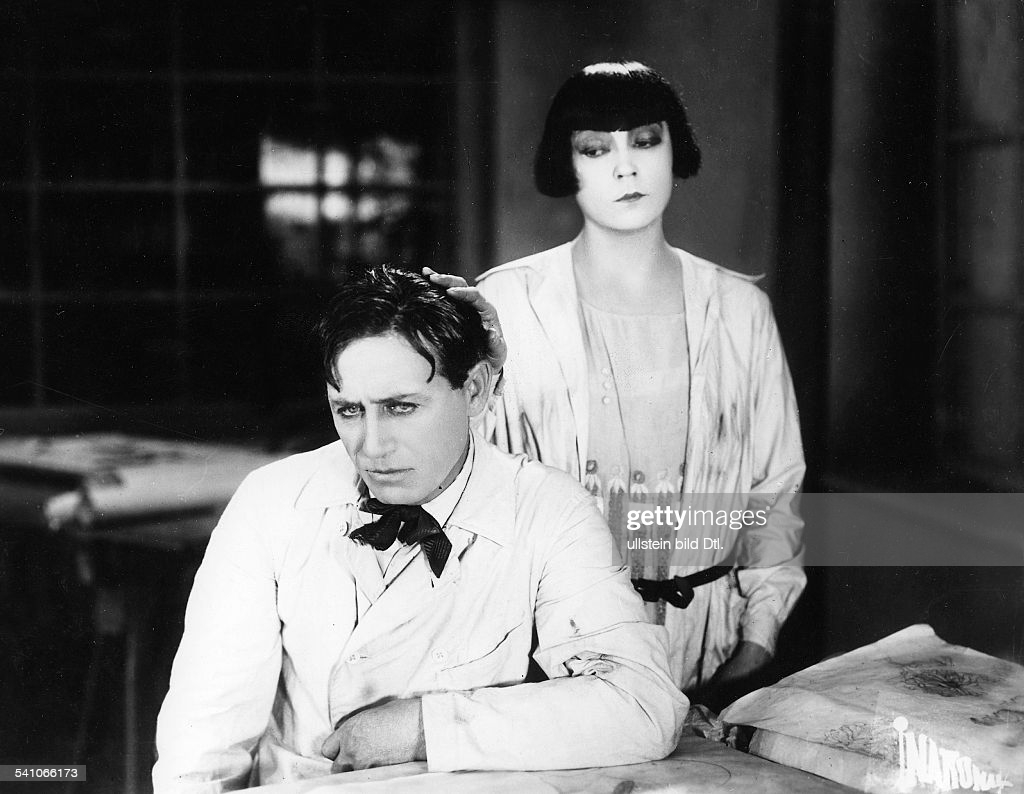========================================================================================= Monday 16, June 2025, 19:45. About: Lombard in 1940 Born - Jane Alice Peters, October 6, 1908, Fort Wayne, Indiana, U.S. Died - January 16, 1942 (aged 33), Mount Potosi, Nevada, U.S. Cause of death Plane crash Resting place Forest Lawn Memorial Park, Glendale, California, U.S. Occupation Actress Years active 1921–1942 Political party Democratic Spouses 1.William Powell: (m. 1931; div. 1933) 2.Clark Gable (m. 1939) ============================================================================================= Introduction: Carole Lombard (born Jane Alice Peters; October 6, 1908 – January 16, 1942) was an American actress, particularly noted for her energetic, often off-beat roles in screwball comedies. In 1999, the American Film Institute ranked Lombard 23rd on its list of the greatest female stars of Classic Hollywood Cinema. Lombard was born into a wealthy family in Fort Way...























.jpg)
.jpg)
Comments
Post a Comment